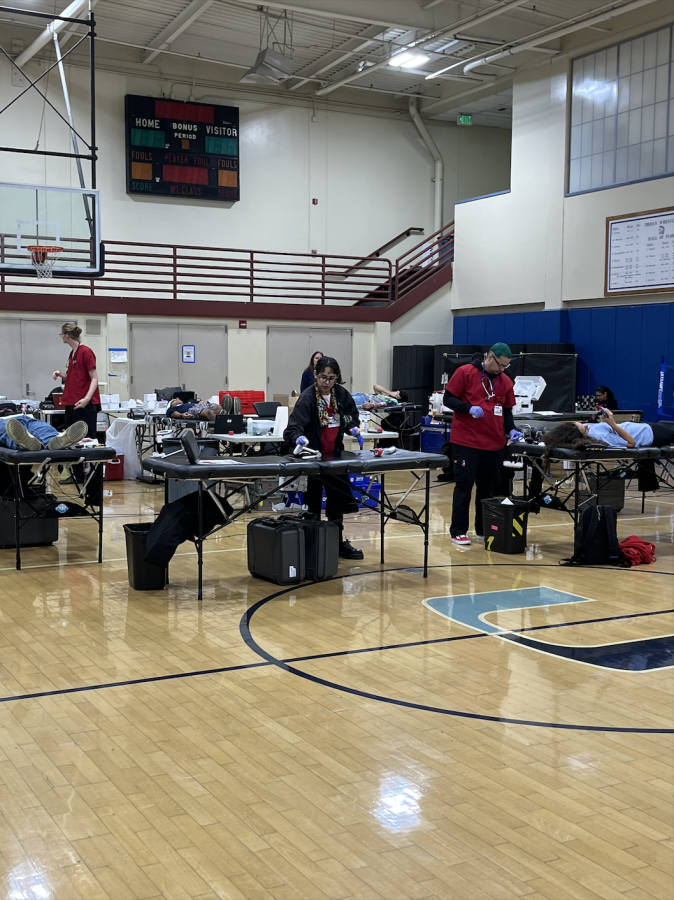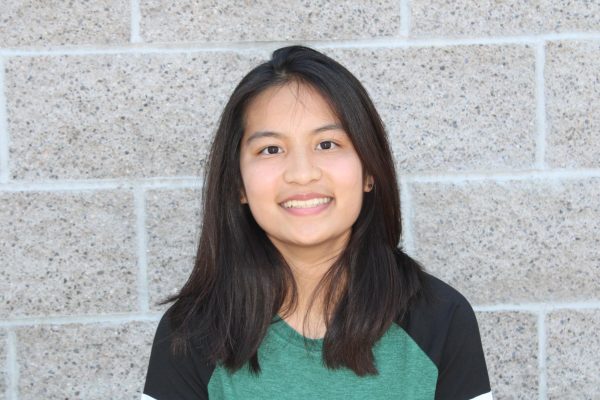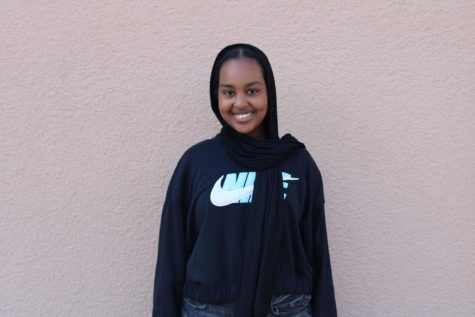UHS Hosts Annual Red Cross Blood Drive
Students prepare to get their blood drawn by Red Cross volunteers in the small gym.
February 3, 2023
UHS hosted its first blood drive of the school year on Dec. 5 in coordination with the American Red Cross. As classes went on throughout the day, students came into the small gym to donate.
“Service is all about helping the community, and donating blood is something that saves three lives,” senior Bryan Tran said.
As one of the two ASB Service Project Commissioners, Tran organized the drive alongside fellow Service Commissioner junior Riley Hertstein. In addition to student donors, parents and staff were also encouraged to participate in the drive.
“UHS is known for getting a lot of donations, and I think it’s because of how easy it is to work with the Red Cross,” Hertstein said. “The nurses are very helpful. They work with the students well and the process goes by really smoothly, so I’m really grateful for the Red Cross.”
As the world emerges from a pandemic and the US faces a continuing blood shortage, this year’s drive was especially important to some students. Many incentives to donate were personal, with students pointing out that donated blood is a resource that could eventually go on to help themselves, friends, or family members in the future.
“When I was little, I had to get a blood transfusion that I think saved my life,” Hertstein said.
Schools providing this opportunity to give back to one’s community are a significant part of the national civilian blood program, which serves blood banks and patients across the nation. According to the Red Cross, blood from college and high school students makes up around 20% of donations.
“I look at [donating blood] as kind of like voting,” senior Kenny Li said. “There’s an obligation to do it for society.”
Li, like many other students at the drive, is a first-time blood donor. He believes his donation is a part of his duty to others and encourages eligible students to participate, even if the idea can be scary to some.
“When I get flu shots, I just imagine it [is] not happening, so I just think of something else,” Li said. “The more you focus on the needle actually coming, the more it’s gonna hurt […] daydream of something else and it’ll just happen and in three seconds it’s done.”
Some donors felt even the wait time was more of a negative experience than the actual prick of the needle.
“At first I was afraid, but really it’s not that difficult,” senior Ahmad Alamour said. “This is my third time, and I literally feel nothing.”
Snacks and drinks were provided at a table at the side of the gym to help students recover and monitor their responses for a few minutes before returning to class.
Generally, only about a pint of blood is taken when donating, but in some cases, donors can become weak or faint. However, these cases are very rare and because of precautions taken throughout the donation process, most students find the experience safe and rewarding.
“In the spring, once people who are donating now tell their friends that it’s not that scary […] I’m hoping we’ll get more donations,” Hertstein said.
The sense of community created by service opportunities like donating blood is part of what drives students to skip a little class time and make a difference.
“It brings people together,” junior Veronika Mungalova said. “Understanding that you can help people is really good for teenagers.”
The next blood drive is scheduled for Feb. 27, 2023, and all students, especially those who haven’t donated yet, are encouraged to participate.
“I think it’s important to get the message across to people of all ages, but especially younger people, that donating blood is important,” Hertstein said.
While on the surface it seems to be just one day with a relatively small amount of blood being donated, ultimately, a donation can affect many people and, as Tran and Hertstein hope, a lifetime of willingness to help the community.






